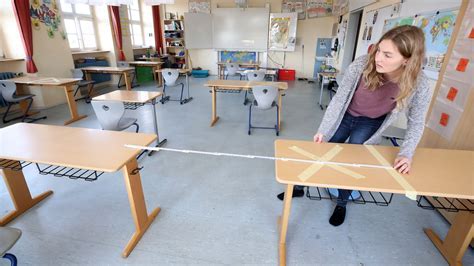This article follows my last write up, “Helping kids safely back to school,” that was mainly geared toward those entering kindergarten and early elementary school (https://community.thriveglobal.com/stories/helping-kids-safely-back-to-school/(opens in a new tab) I was asked by a reader to write about the pandemic’s impact on other age groups and age-appropriate solutions.
The pandemic leading to school closures for months has robbed our kids of their regular schedule and everyday pleasures of associating with their peers and teachers.
With the COVID-19, parental worry has taken on a whole new dimension. You’re worried about your child missing school time and now, with the schools’ reopening, keeping your child safe from the virus.
Knowing how your child reacts to stress may be a good starting point to monitor your tween/ teen’s transition to the new school year.
In the weeks of lockdown, you might have noticed many changes in your child’s behavioral patterns, such as increased irritability or more disputes with their siblings, to name a few. You may also have observed your child having somatic problems, like changes in their sleeping and eating patterns. As long as you’re conscious of these issues, you’ll know when your child needs help.
Reopening of schools for some students means fear of getting into difficult situations where they can’t escape. The thought can itself bring avoiding behaviours like school refusals.
It is important to note that adolescents use their limbic or emotional brain for decision making because they lack a fully developed prefrontal lobe responsible for rational thinking. Adolescents frequently display an all-or-nothing thinking pattern that leads to catastrophic thoughts like, “No one will like me anymore.”
For those kids with a history of having high anxiety, back to school can be more traumatic than staying at home during the lockdown. Here, students who believed that their peers did not accept them would find it hard to adjust. In this case, if you see your child withdrawing to their bedroom or isolating themselves from the other family members, see if they’re having their lunch at school and what kind of day they’re having. It may be helpful to get collaborative evidence from their teachers and guidance counsellors at their school.
Effective emotional regulation strategies like having rituals help as the act of performing the ritual may divert attention away from the negative emotions experienced during the day like fear of failing at a particular task.
Additionally, keeping a regular schedule at home can support your child’s emotional needs as it provides a place of solace to unwind. Setting the dinner table needs attention, thus keeping the intrusive thoughts at bay.
Another strategy is keeping your reactions discrete and understated to start a conversation with your 13-year-old; it can be as simple talking about your teen’s classmate adjusting to the new COVID classroom,
Having a conversation starter can help identify your adolescents’ emotions and explore the intensity and frequency of any negative thoughts they may have, fear of failing in the next test, or physical appearance. You can discuss with your tween the resources they believe they have to feel better.
While worrying about your child’s safety and keeping good mental health, you must take time to recharge. I find when dealing with adolescents and younger age groups, a parent’s laidback attitude helps to calm them and makes my client more accepting of the therapeutic interventions.
Nevertheless, with the current scenario of fear and uncertainty, it is, at times, impossible for you to let go of your worrying. Second-guessing and ruminating may become an everyday affair.
Always looking out for yours and your loved ones’ safety can lead to burning out, leading to feelings of hopelessness and helplessness. Do take out time to reflect and make a list of your worries. In this case, allow yourself to handle your self-perceived failures without any accompanying feelings of guilt and be open to seeking professional help to clarify your concerns.
This article was published in The Miramichi Leader.
The picture is from Unsplash.


